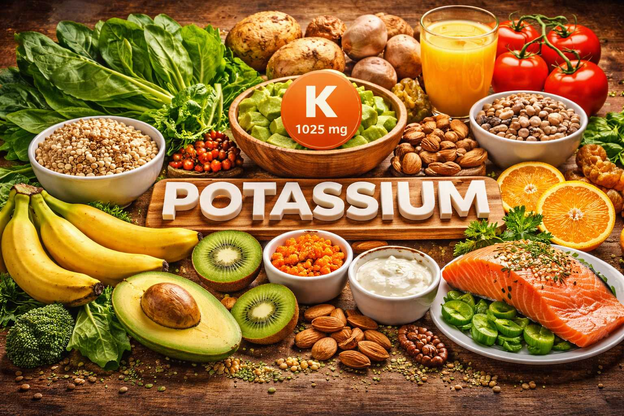The global Synthetic Paper Market is witnessing robust momentum, with its size valued at USD 909.12 million in 2023 and projected to reach USD 2023.96 million by 2032, growing at a CAGR of 9.50% over the forecast period (2024–2032). This impressive trajectory reflects the growing adoption of synthetic paper across multiple industries, from packaging and labeling to printing, maps, and industrial tags. Its superior properties—such as tear resistance, durability, and water-proofing—are making it a preferred alternative to traditional pulp-based paper, especially in environmentally conscious sectors.
Rising Demand for Sustainable and Durable Printing Materials
The Synthetic Paper Market is primarily driven by the increasing demand for sustainable materials that combine performance with environmental benefits. Unlike conventional paper, which is derived from wood pulp and often requires chemical bleaching, synthetic paper is produced using polypropylene and polyethylene resins—materials that can be recycled multiple times. This aligns with the global sustainability agenda, where industries are moving toward products with longer lifespans and lower environmental footprints.
Furthermore, its durability under challenging conditions—such as humidity, temperature variations, and exposure to sunlight—has made synthetic paper indispensable in outdoor applications, such as banners, maps, and tags. The packaging industry, one of the fastest-growing application segments, has embraced synthetic paper for food labeling, flexible packaging, and product information displays, owing to its exceptional printability and chemical resistance.
Market Drivers Fueling Rapid Growth
Several key drivers are shaping the expansion of the synthetic paper market.
Sustainability and Eco-Friendly Materials – The rising global awareness around sustainable packaging solutions is one of the most significant factors boosting demand. Manufacturers are shifting to recyclable and non-toxic materials to comply with environmental regulations and meet consumer expectations for eco-conscious products.
Booming Packaging and Labeling Industry – Synthetic paper’s compatibility with advanced printing technologies like offset, digital, and flexographic printing makes it ideal for high-quality labeling in consumer goods, cosmetics, and pharmaceuticals. Its resilience ensures labels remain intact and legible, even under harsh conditions.
Technological Innovations – Advancements in polymer chemistry and coating technologies have improved synthetic paper’s tactile feel and print absorption, making it nearly indistinguishable from conventional paper. These innovations are widening its use in graphic arts, advertising, and security documents.
Expanding Industrial Applications – Industries such as logistics, retail, and education are increasingly adopting synthetic paper for identification cards, manuals, and re-usable signage due to its long lifespan and resistance to tearing and moisture.
Increasing Adoption Across End-Use Industries
The growing versatility of synthetic paper is enabling its penetration into new markets. In retail, it’s being used for durable point-of-sale displays and shelf tags that withstand wear and tear. In the food and beverage sector, synthetic labels maintain their integrity under refrigeration and condensation. In the medical field, it’s favored for charts and instruction leaflets that demand longevity and sterility.
The global print media and advertising industries are also playing a vital role in this market’s expansion. As synthetic paper offers superior color reproduction and smooth texture, it enhances the aesthetic appeal of promotional materials. Moreover, the rise of digital and laser printing technologies has increased its compatibility with high-speed, on-demand printing applications.
Focus on Environmental and Cost Benefits
While synthetic paper is made from plastic resins, it is more sustainable in the long term due to its durability and recyclability. Traditional paper degrades quickly and requires frequent replacement, increasing overall costs and waste. Synthetic paper, on the other hand, can be reused multiple times and does not deteriorate easily, offering a better lifecycle value.
Many governments are also encouraging the use of recyclable materials and discouraging single-use plastics, which is indirectly benefiting the synthetic paper market. Companies are capitalizing on this regulatory trend by developing innovative formulations that are both environmentally friendly and economically viable.
The Future Outlook of the Market
Looking ahead, the synthetic paper industry is expected to see strong demand from emerging economies in Asia-Pacific, including India, China, and Indonesia. Rapid industrialization, rising literacy rates, and expanding retail networks are accelerating the need for high-quality, durable printed materials. Additionally, North America and Europe continue to lead in technological innovation and sustainability initiatives, driving the adoption of advanced synthetic papers in commercial printing and packaging sectors.
Digital transformation will further amplify market potential. As e-commerce expands, product labeling, branding, and safe packaging have become essential components of customer experience. Synthetic paper, with its adaptability and cost-efficiency, stands as a key material in fulfilling these evolving demands.
Conclusion
The synthetic paper market is on a promising path, combining performance, aesthetics, and sustainability in a single solution. With technological advancements, growing environmental awareness, and increasing use in high-demand industries, synthetic paper is expected to become a mainstream material in global packaging, labeling, and printing applications by 2032.
As industries continue their shift toward eco-efficient solutions, synthetic paper represents a critical innovation bridging the gap between durability and sustainability—redefining how the world prints, packages, and communicates information.
FAQs
Q1: What is the CAGR of the Synthetic Paper Market?
The Synthetic Paper Market is projected to grow at a CAGR of 9.50% from 2024 to 2032.
Q2: What is the forecast period for the Synthetic Paper Market?
The forecast period for the market spans from 2024 to 2032.
Q3: Which region is expected to show the highest growth in the Synthetic Paper Market?
Asia-Pacific is anticipated to witness the fastest growth, driven by industrialization, expanding packaging demand, and sustainability initiatives.




















